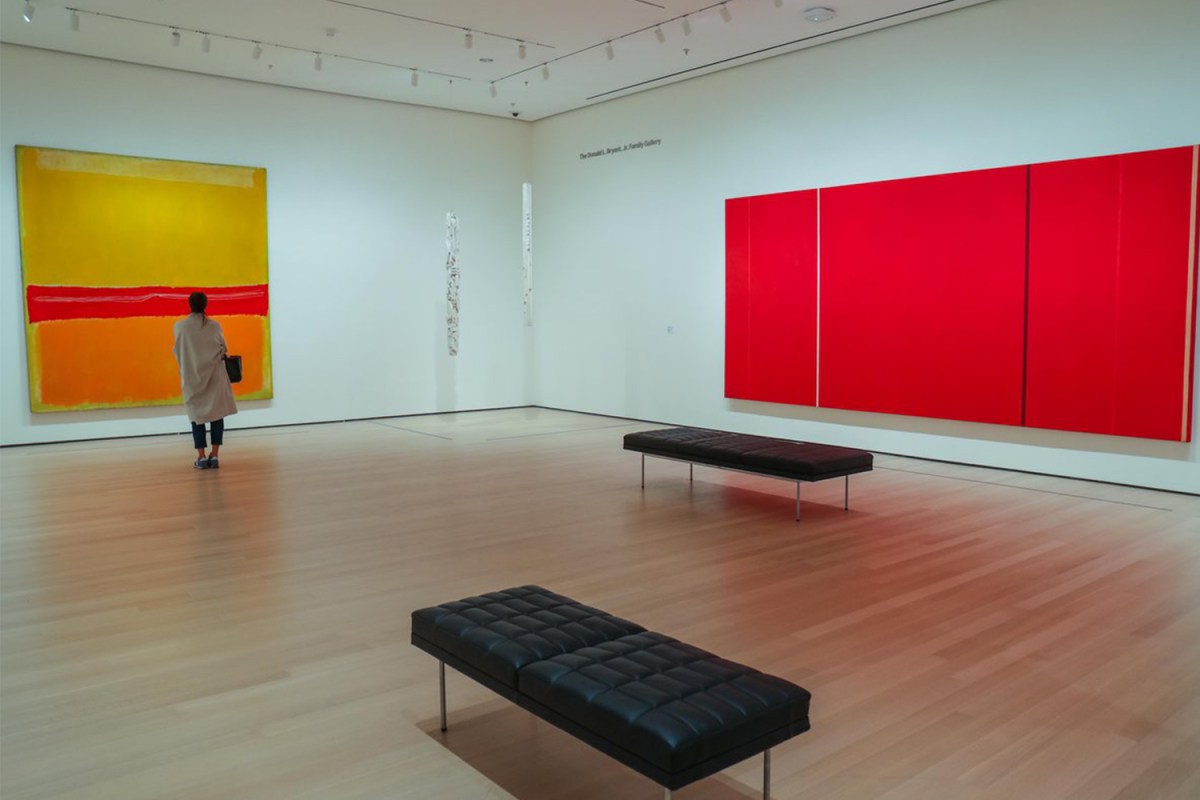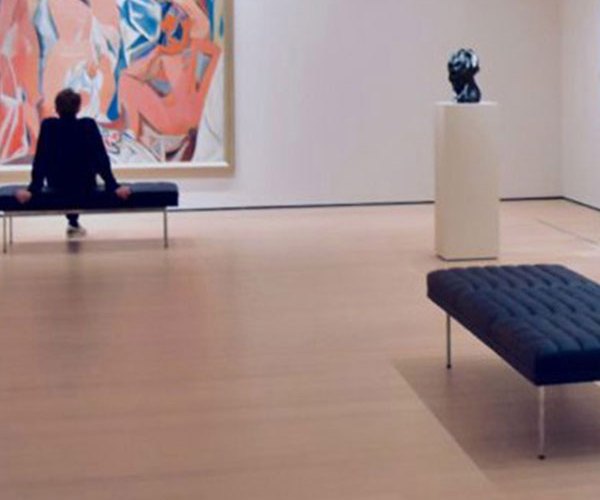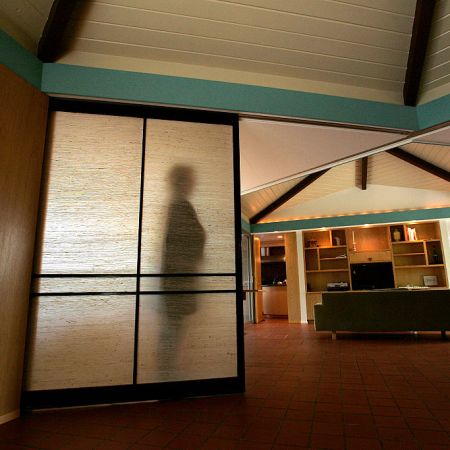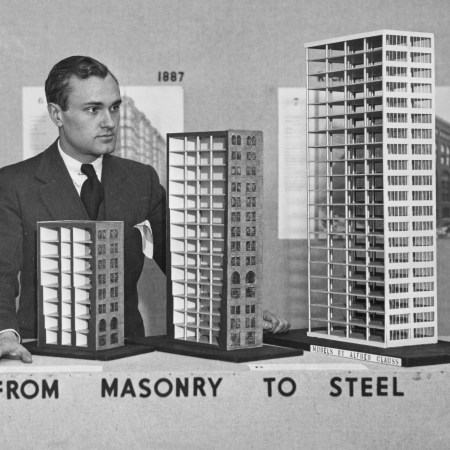Don’t go to the new MoMA on a rainy Sunday. I understand the temptation — what could be a more ideal way to seek refuge from the rain and explore everything the museum’s renovation and expansion has to offer? At the very least, it’s a much more sophisticated alternative to your typical lazy Sunday.
But if you have the goal of actually viewing art, of moving through the galleries unhindered by tourists blocking your view or running the risk of bumping into you with their corpulent backpacks (what could they possibly be carrying in there?) and potentially sending you flying into an invaluable work of art, heed my advice.
And if you are going to the new MoMA, rainy Sunday or not, you’re going to want a plan. What was once a feat feasibly completed in one day, MoMA is now comparable to the Met in that you can stay from open to close and still feel as though you’ve seen only a fraction of the artworks housed. Wandering aimlessly around a museum is nice if you have copious amounts of time to spare, but if you operate on a tight schedule it’s best to know what exactly you want to see.
The 47,000-square-foot area (the museum is now 165,000 square-feet in total) that was added to the museum as part of the $450 million renovation proves to be a labyrinthine obstacle whose layout doesn’t lend itself particularly well to the concept of going with the flow. Any attempt at this mode of tackling the museum will most likely result in frustration, as you’re sent through never-ending gallery after never-ending gallery, with seemingly no way out. Before you know it, they’re announcing that the museum will be closing in ten minutes, and all the while you haven’t even made it past the first floor.
But if you can’t manage to take the time to plan out your visit, or the thought of doing so bores you, allow me to be your tour guide in navigating the masses and sending you in the direction of what you absolutely need to see at MoMA.
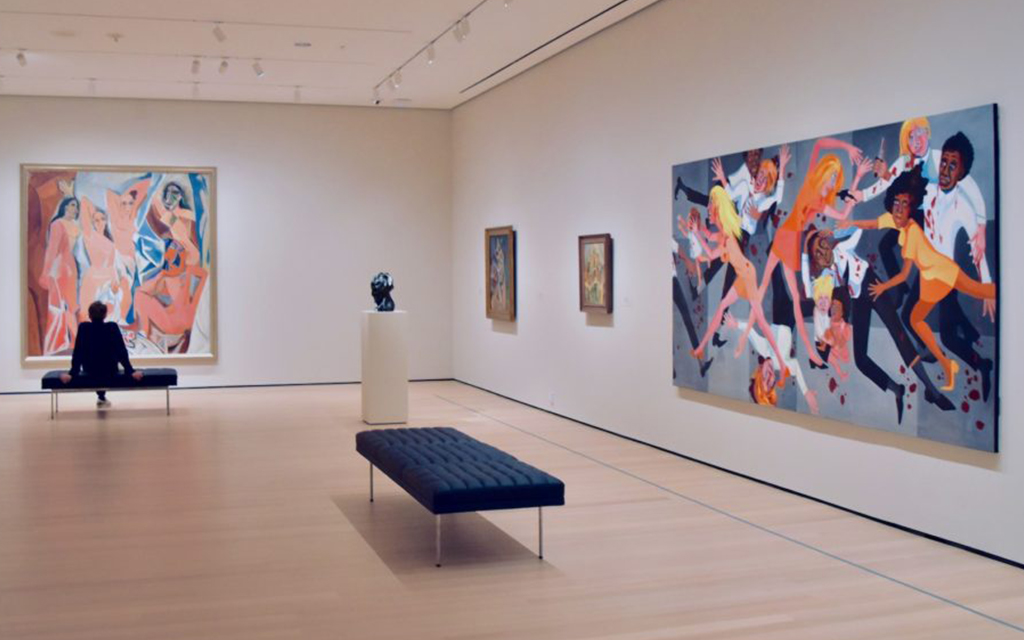
If you’re looking for the classics…
Head straight to the top floor. What’s a visit to the MoMA without, at the very least, a glimpse of Starry Night? The fifth floor of the museum is home to all the works that essentially earned the museum the “Modern” part of its name — and its reputation as one of the most renowned art institutions in the world. On the museum’s uppermost floor you’ll find all the greatest hits of the 1880s to 1940s, such as the aforementioned Starry Night, but don’t neglect the other works that have made just as much of a contribution to the annals of art history. Other notable pieces include Pablo Picasso’s Les Demoiselles d’Avignon (now positioned adjacent to Faith Ringgold’s American People Series #20: Die, from 1967, which bear likeness in their depictions of violence) and Claude Monet’s Water Lilies, newly modeled after the Musée de l’Orangerie’s collection of curved canvases. Although this is just one floor of the museum and seems manageable enough, be warned: this is where you’re going to find yourself up against throngs of tourists. Obtaining an unobstructed view of these works is going to take determination (and a little elbowing).
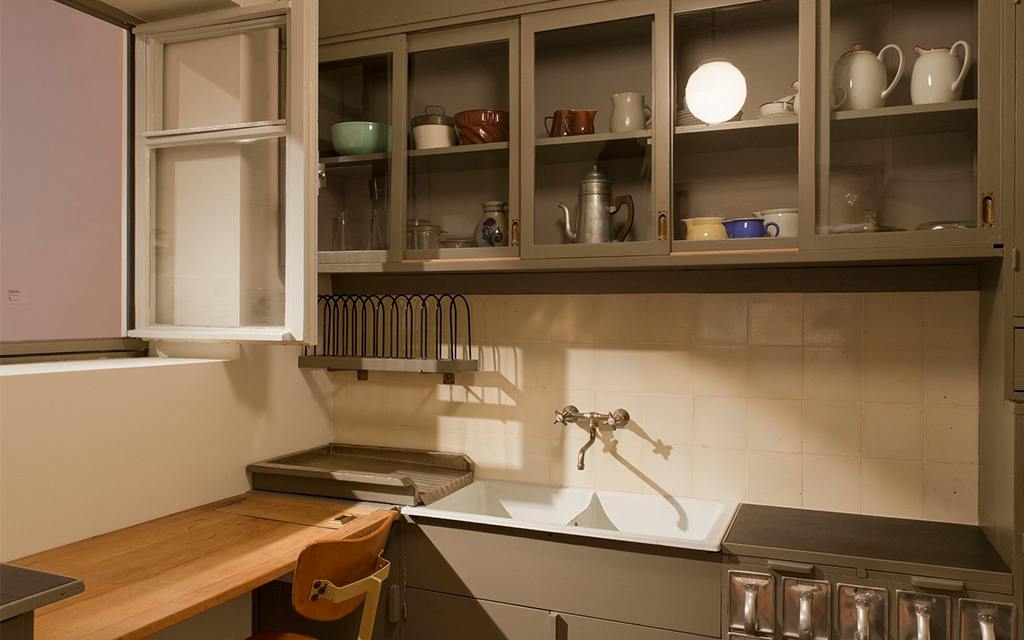
If you need some interior design inspiration…
Check out Gallery 513, also on the fifth floor. Here you’ll find furniture (yes, furniture can be art) and technology borne out of the interwar years. If you’re indifferent to the history behind these objects, that doesn’t mean you can’t glean some aesthetic pleasure from them, and maybe even some inspiration for your own home. Marcel Breuer’s Club chair (model B3) and Le Corbusier student Charlotte Perriand’s Revolving Armchair, are likely to instill you with envy that you can’t take them home (or even sit in them for just a brief moment). Make sure to also check out Magarete Schütte-Lihotzky’s Frankfurt Kitchen from the Ginnheim-Höhenblick Housing Estate, Frankfurt am Main, Germany, a full size modernist kitchen planted in the middle of the gallery space. Unfortunately, you’re prohibited from actually entering the kitchen but there are plenty of expansive windows for peering into the interior.
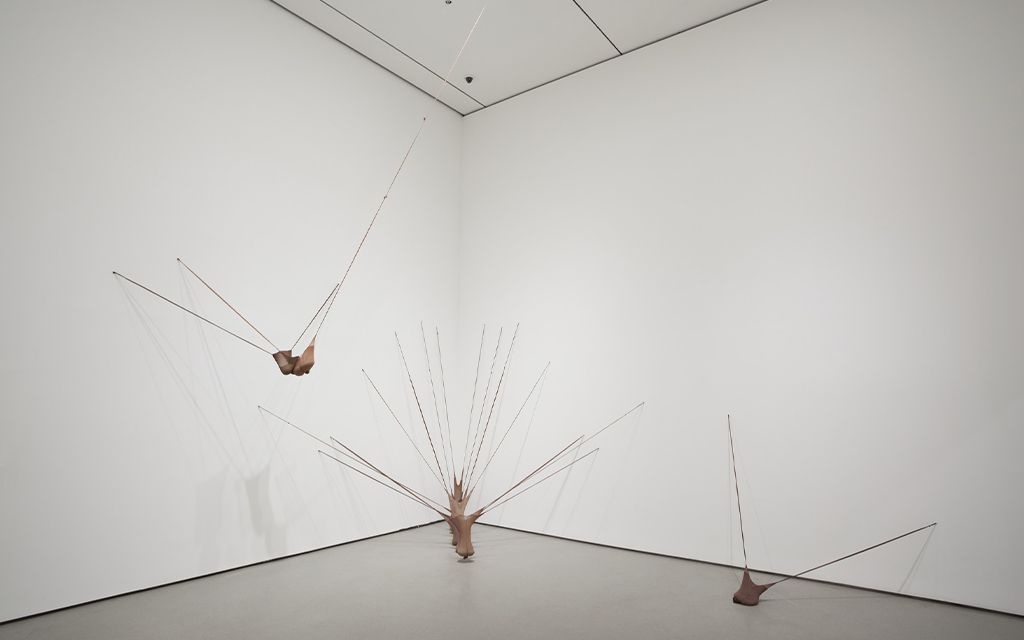
If you need some new Instagram content…
You have plenty of options. But instead of the predictable Starry Night photo (what are you, a tourist?) opt for something that’ll earn you some cultural cachet among your followers. Gallery 202 on the second floor offers some highly Instagrammable pieces, all from 1980s downtown Manhattan artists. Among them is Keith Haring’s Untitled from 1982, a sprawling work of Haring’s instantly recognizable cartoonish figures that covers the length of three walls. Close by is Jeff Koons’ (I know, I know) Pink Panther, a sculpture of 1950s actress Jayne Mansfield half-naked and embracing, what else, the Pink Panther. If you want something more high-brow than Koons, check out Senga Nengudi’s R.S.V.P.I in Gallery 203, a sculpture consisting solely of pantyhose and sand. It’s a work that’ll confuse most and emit the dreaded “Anyone can do that” response, but will ultimately serve to prove your superior taste in art and overall sophistication.
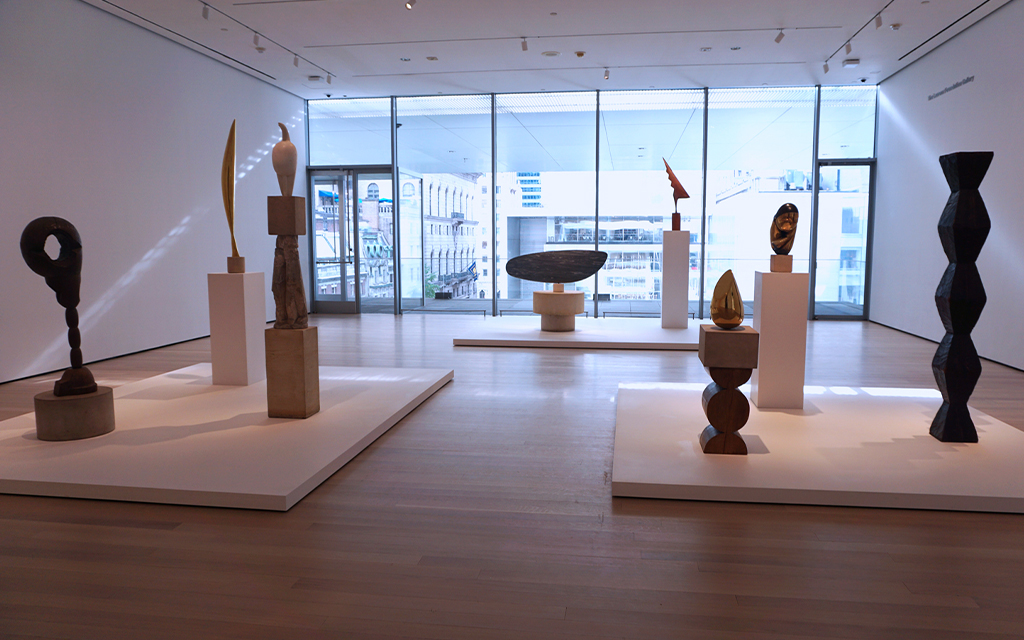
If you need some room to breathe…
The museum offers a few alcoves that will allow you a respite from the overwhelming flow of people while still providing you with the opportunity to look at some art. One of these such alcoves can be found in Gallery 201 on the second floor, which houses Richard Serra’s 2015 work Equals. The work has its own room, which feels like a gallery completely separate from the museum, due in large part to the sheer size of the work: two pairs of forged steel boxes stacked one on top of the other, eight boxes in total. Walking into the space is a humbling experience, the boxes immediately dwarfing you and forcing you to consider your own inconsequential size in the presence of such giants. A more soothing space that is less likely to force you to grapple with existential questions is Henri Matisse’s The Swimming Pool on Floor 4, an effort on Matisse’s part to construct his own ‘pool’ with paper cut-outs. The blue hue emitted from the cut-outs provides a calming affect, similar to if you were actually submerged underwater. And after braving the hordes of people on the fifth floor, you’ll want to immediately head to Constantin Brancusi’s sculptures on the same floor, a light airy space that feels like an artist’s studio and also has the added luxury of looking out onto picturesque foliage.
If you don’t want to pay anything at all…
Stay on the first floor. One of the new — and most surprising — additions that came out of the renovation is that MoMA now offers a free art space on the first floor, open to the public. Two shows are currently on view, “Energy” and a solo exhibition from painter Michael Armitage. It’s a great way to squeeze in some quick art viewing without having to dedicate your whole day to the activity (or pay).
This article was featured in the InsideHook NY newsletter. Sign up now for more from all five boroughs.
